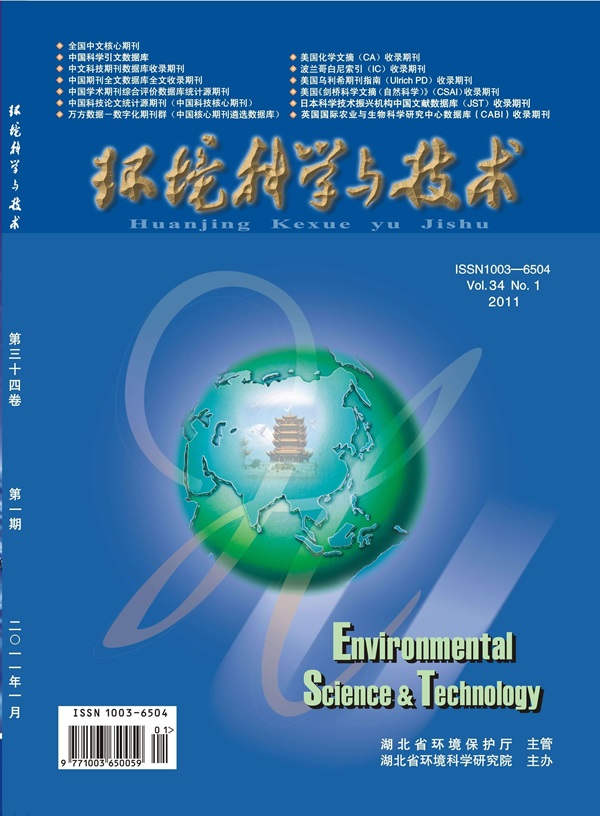Control of Fungal Spores on Surfaces with UV-C Exposure Necessitates Complete Inactivation to Prevent Mycorrhizal Network Establishment
IF 10.8
1区 环境科学与生态学
Q1 ENGINEERING, ENVIRONMENTAL
引用次数: 0
Abstract
Mold infestations on surfaces present significant challenges to public health. Germicidal UV-C irradiation effectively inactivates spores suspended in water, yet information on surface spore mitigation is surprisingly absent. We show the effectiveness of 265–275 nm UV-C light to mitigateAspergillus nigeron nutrient-rich surfaces. UV-C mitigation of surface molds differs from inactivating spores suspended in water due to the unique characteristics of mycelial structures. Complete preinactivation of all viable cells during UV-C exposure is crucial to prevent mycelia formation; otherwise, even a single spore can gradually spread, covering surfaces by producing a progressive mycelial structure. A UV-C dose of 144 mJ/cm2 from 265 nm LEDs achieved complete preinactivation at lower concentrations (100–1000 CFU/plate), while higher concentrations required increased UV-C doses. Intermittent duty cycling of light delivery (10 min ON then 50 min OFF) at 275 nm delivered from side-emitting optical fibers achieved comparable mitigation to continuous irradiation. Insufficient UV-C exposure induced more resistant mycelial structures that shielded live spores beneath. This study highlights complete preinactivation of viable molds, or sustained inhibition by UV-C light, is more effective than UV-C posttreatment. Mycelial alteration triggered by sublethal stress helps spores to persist in unfavorable environments, where microbial control is the goal.

求助全文
约1分钟内获得全文
求助全文
来源期刊

环境科学与技术
环境科学-工程:环境
CiteScore
17.50
自引率
9.60%
发文量
12359
审稿时长
2.8 months
期刊介绍:
Environmental Science & Technology (ES&T) is a co-sponsored academic and technical magazine by the Hubei Provincial Environmental Protection Bureau and the Hubei Provincial Academy of Environmental Sciences.
Environmental Science & Technology (ES&T) holds the status of Chinese core journals, scientific papers source journals of China, Chinese Science Citation Database source journals, and Chinese Academic Journal Comprehensive Evaluation Database source journals. This publication focuses on the academic field of environmental protection, featuring articles related to environmental protection and technical advancements.
 求助内容:
求助内容: 应助结果提醒方式:
应助结果提醒方式:


